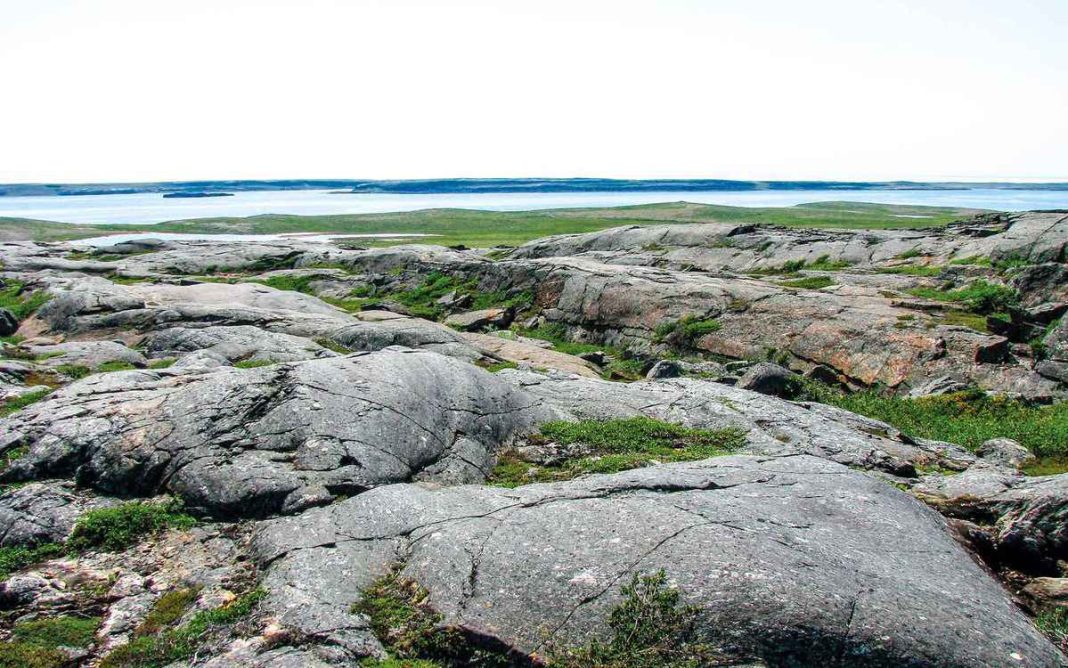Tucked along the eastern coast of Hudson Bay in Quebec lies the Nuvvuagittuq Greenstone Belt, a geological treasure that may contain the oldest rocks ever discovered on Earth. According to recent studies, these rocks could date back 4.16 billion years, offering a rare window into the planet’s earliest history—an era known as the Hadean Eon, marked by molten surfaces and turbulent conditions.
Nuvvuagittuq Greenstone Belt Dating Breakthrough
For decades, scientists have debated the true age of the Nuvvuagittuq rocks. Earlier estimates varied widely, ranging from 3.8 to 4.3 billion years, with questions raised about possible contamination skewing the results. Now, a team of researchers has used cutting-edge radiometric dating techniques, focusing on the decay of samarium to neodymium, to provide a more definitive estimate. Despite the absence of zircon—commonly used in geochronology—the dual-method approach confirmed a reliable age of 4.16 billion years.
Why These Rocks Matter
These ancient formations are more than just old stones. They are a geological archive of the Earth’s formative processes. Scientists believe the rocks hold essential clues to how the planet cooled, developed crust, and possibly even created the conditions necessary for life. The adjacent presence of sedimentary rocks also hints at the tantalising possibility of early microbial life thriving more than 4 billion years ago.
The Role of the Inuit Communities
Importantly, the Nuvvuagittuq Greenstone Belt lies within Inukjuak tribal territory. Aware of the site’s scientific importance, local Inuit communities have taken steps to protect it from environmental degradation caused by unchecked research activities. Rather than oppose scientific exploration, they are calling for the creation of a provincial park—a move that would both preserve the landscape and facilitate responsible study through collaboration.
Ongoing Questions in the Scientific Community
While this latest study represents a major step forward, not all questions are settled. Dating rocks from such an ancient epoch remains inherently complex. Some researchers remain cautious, urging further analysis before drawing final conclusions. Yet, the findings have already reshaped conversations about Earth’s formation and the possible universality of life in the cosmos.



